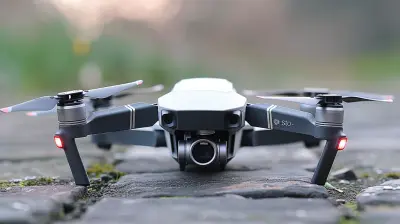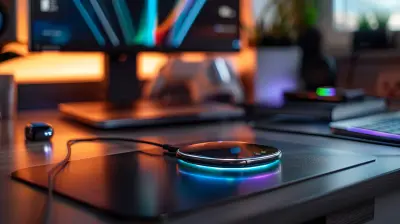What’s Inside Your Smartphone? A Deep Dive into Components
4 July 2025
Let’s face it—we’re glued to our smartphones. From the moment we wake up to the second our head hits the pillow, those sleek devices rarely leave our hands. But have you ever stopped to wonder what’s actually inside that palm-sized gadget? What mysterious components make it tick, click, and swipe?
Today, we’re going to crack open that digital black box and peek inside. And don’t worry—this won’t be some dry, techy lecture full of weird jargon. Nope. We're diving into the nuts and bolts (and chips and sensors) of your phone in plain English. Ready? Let’s tear it down—figuratively, of course.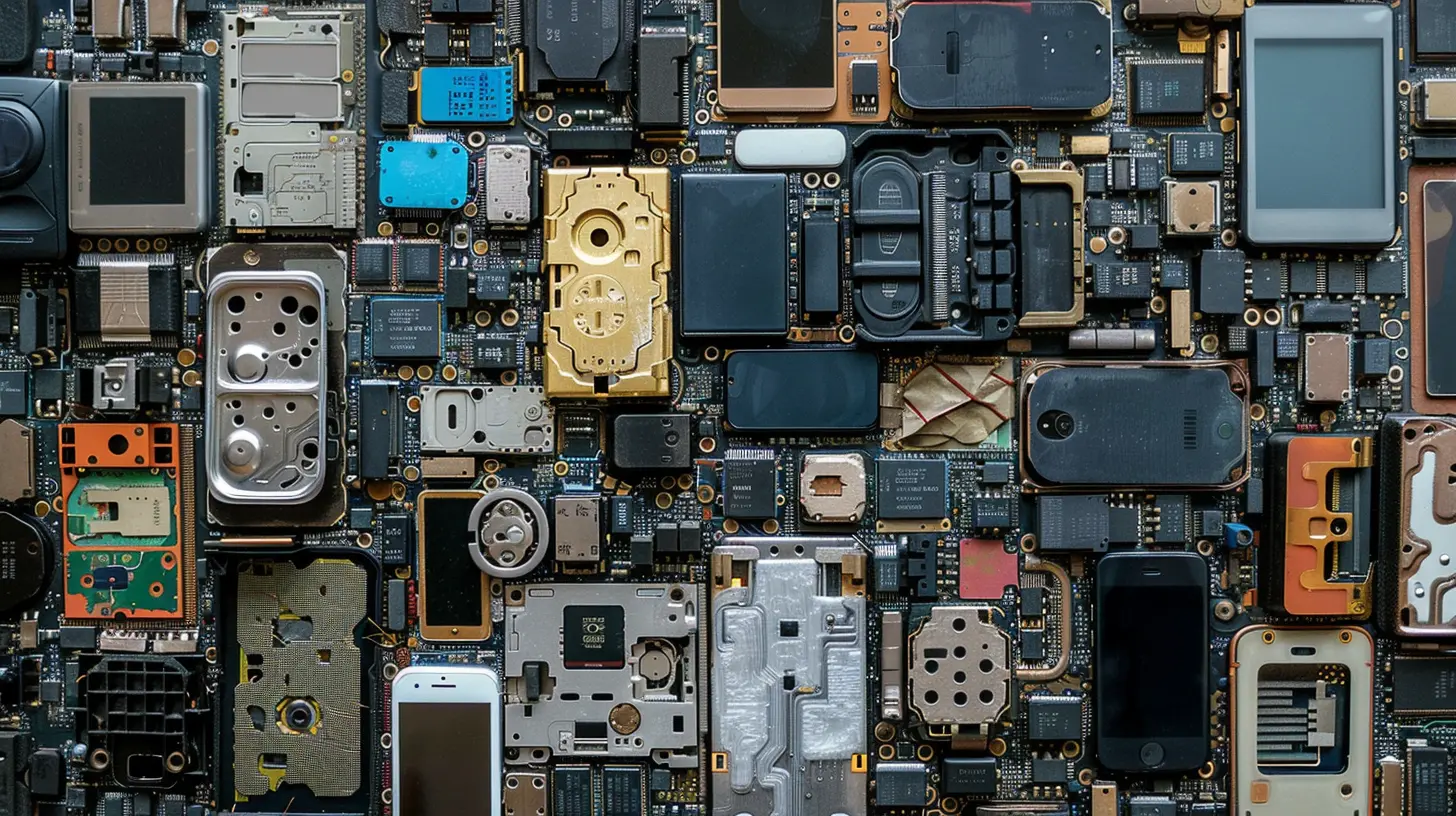
Why Should You Care What’s Inside?
Before we start dissecting your smartphone like a high school science project, you might be thinking: “Why should I even care?” Fair question.Well, knowing what parts live inside your device can help you:
- Understand your phone’s performance quirks
- Make smarter buying decisions
- Talk tech without sounding clueless
- Appreciate the insane engineering packed into your pocket
Cool? Cool. Let’s start with the brain.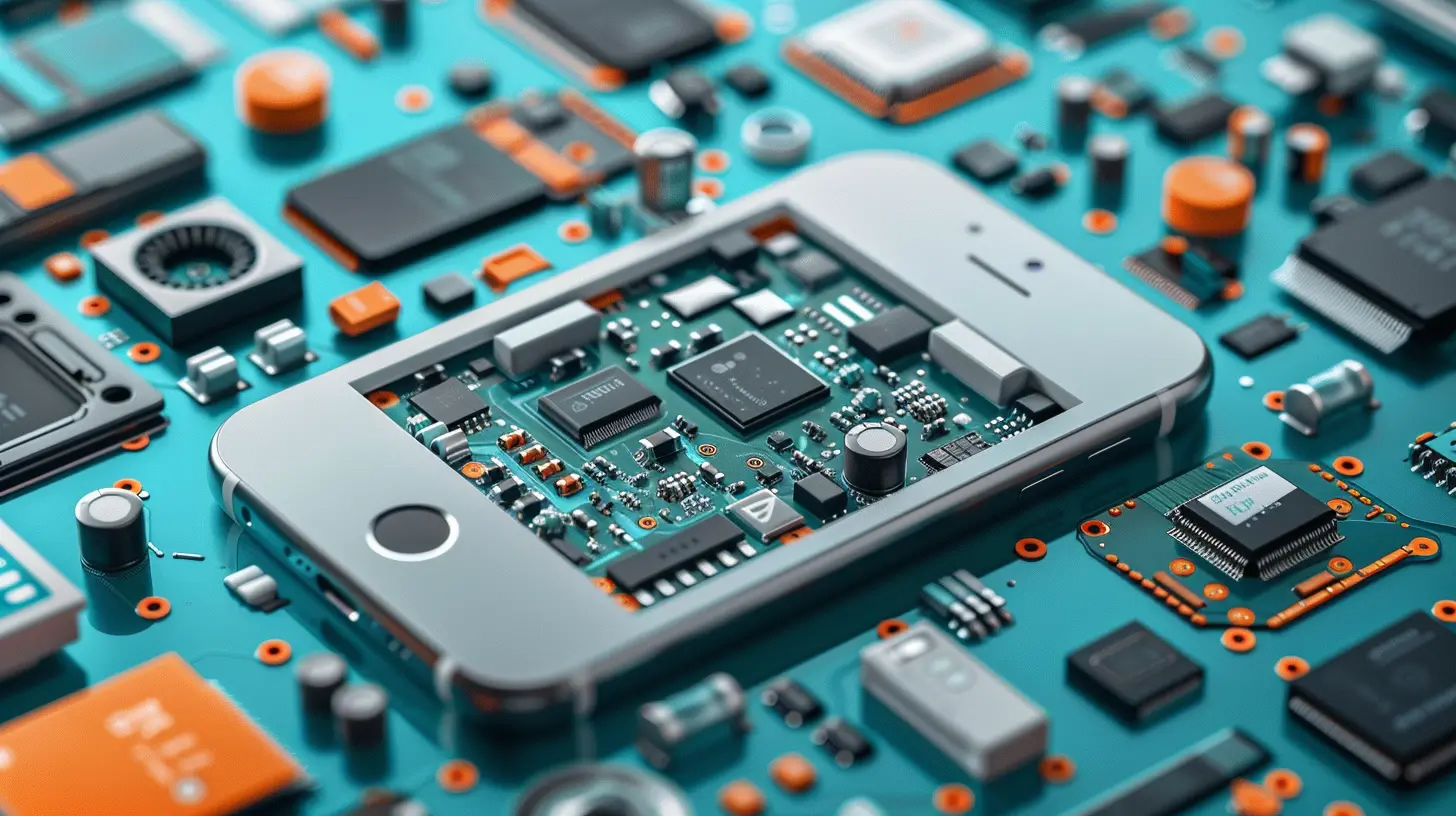
The Processor: Your Smartphone’s Brain (a.k.a. The SoC)
Think of the processor—or more accurately, the System on a Chip (SoC)—as your smartphone’s brain. It’s what crunches every number, runs every app, and processes every tap.Inside one tiny chip lies:
- CPU (Central Processing Unit) – This is the core of all decision-making. Multitasking? That's the CPU's job.
- GPU (Graphics Processing Unit) – If you've marveled at how smooth your mobile games or animations look, thank your GPU.
- AI Engine – Yup, phones are smart. This part helps with facial recognition, voice assistants, and camera enhancements.
- Modems – LTE, 5G, Wi-Fi, Bluetooth? All those radios are tightly integrated into your SoC.
Qualcomm’s Snapdragon, Apple’s A-series, Samsung's Exynos—those names probably sound familiar. Each brand packs slightly different features, but they all revolve around that same idea: an all-in-one chip powering your digital life.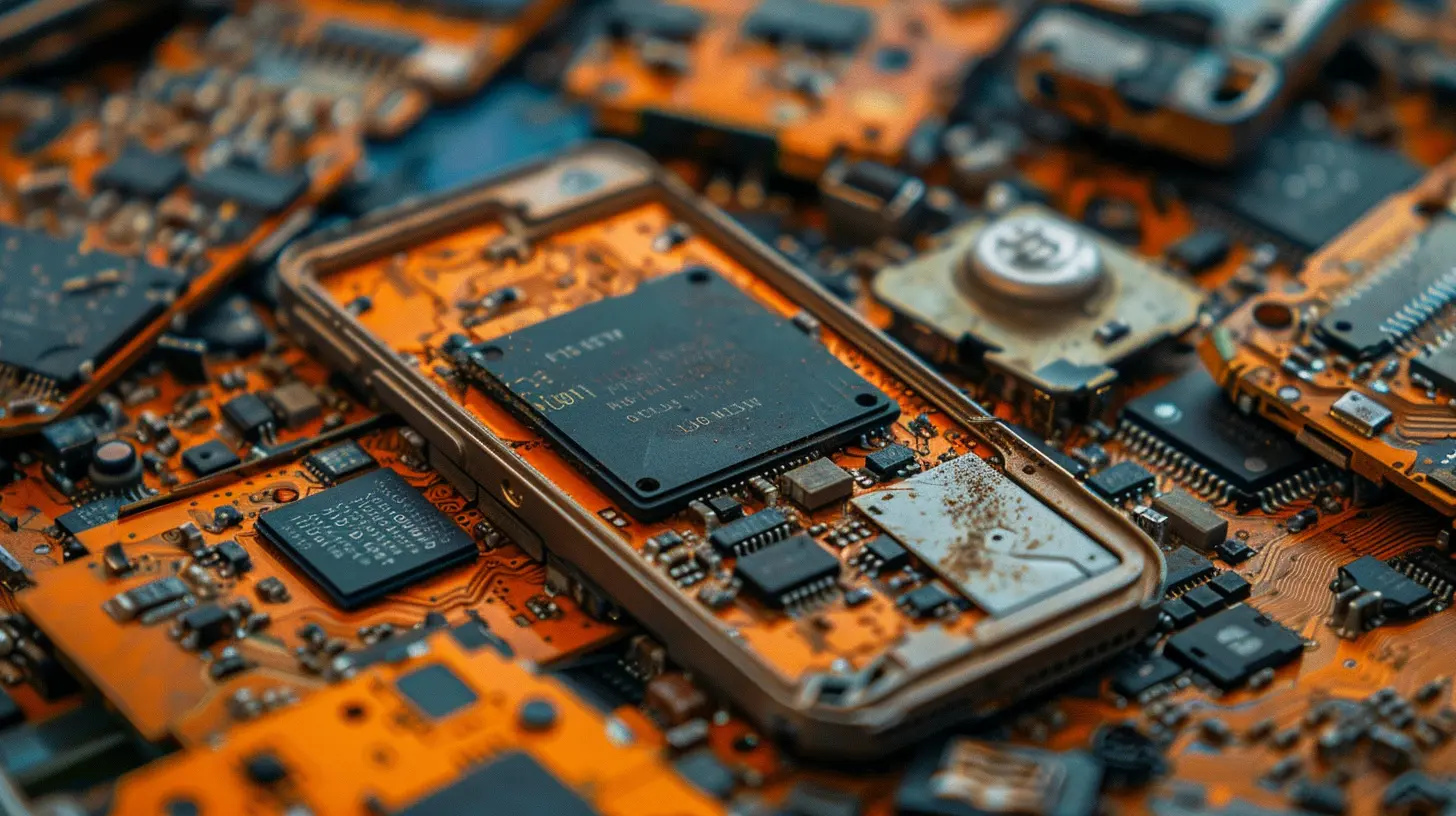
RAM: Your Smartphone’s Short-Term Memory
Ever try to multitask on an older phone and it totally freaks out? That’s your RAM bottlenecking.RAM (Random Access Memory) holds your phone's active apps and processes. The more RAM, the more your phone can juggle at once. It's like your phone's temporary memory—it forgets everything when the device powers off, but while it’s on, RAM is what lets you switch between apps smoothly.
Most modern smartphones have anywhere from 4GB to 16GB of RAM. For normal day-to-day use (social media trolling, streaming, shopping sprees), 6GB–8GB is usually more than enough.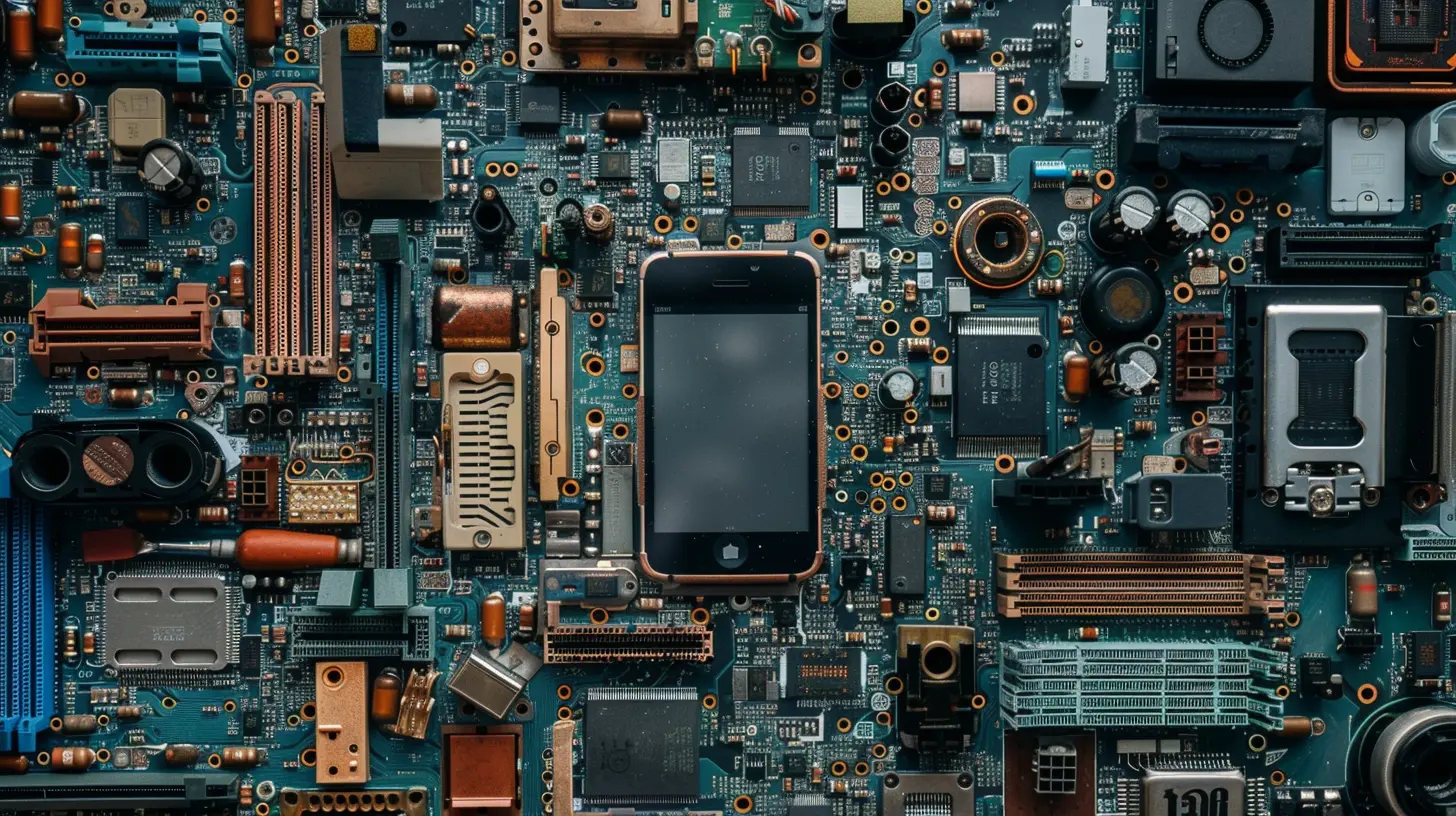
Storage: Your Phone’s Long-Term Memory
Photos, videos, tunes, memes, apps—you’ve gotta store them somewhere, right? That’s where your phone’s internal storage comes in.Storage is the phone’s long-term memory. And unlike RAM, it sticks around until you delete or factory reset it.
There are two main types:
- eMMC (embedded MultiMediaCard) – Older and slower, found in budget devices.
- UFS (Universal Flash Storage) – Much faster and more efficient. Most modern smartphones use UFS 2.1 or 3.1.
And no, 128GB doesn't always mean "plenty of space," especially if you’re a serial downloader or a digital hoarder. That's where cloud backup or external storage (if supported) can be a game-changer.
Display: Pixels That Pop
Let's be real: the screen is where the magic happens. It’s your window into everything—texts, memes, videos, games, you name it.A smartphone screen is made up of millions of tiny dots called pixels. The higher the resolution, the sharper the picture. But it’s not just about pixel count. There’s tons more going on:
- LCD (Liquid Crystal Display) – Budget-friendly, decent performance under sunlight.
- OLED / AMOLED (Organic Light-Emitting Diode) – Rich colors, deep blacks, and better energy efficiency. Flagship stuff.
- Refresh Rate – 60Hz used to be the norm, but now we've got buttery-smooth 90Hz, 120Hz, even 144Hz screens.
Whether you're binge-watching or doomscrolling, that screen is doing a lot more work than you might think.
Battery: The Unsung Hero
Without a battery, your phone’s just a fancy paperweight.Most smartphones today use Li-ion (Lithium-ion) or Li-polymer (Lithium-polymer) batteries. They’re compact, efficient, and rechargeable.
Battery life depends on a lot:
- Battery capacity (measured in mAh)
- How power-hungry your processor and screen are
- Your usage habits (yup, TikTok marathons drain it fast)
And let’s not forget about fast charging, wireless charging, and reverse charging (charging other devices from yours—yes, that's a thing!).
Cameras: More Than Just Megapixels
Smartphone cameras have become so advanced, they’ve made point-and-shoots practically obsolete.But here’s the secret: it’s not just about megapixels. More megapixels don’t always mean better photos. What matters more?
- Sensor size – Bigger sensors = more light = better low-light shots.
- Aperture – Controls how much light hits the sensor.
- Optical Image Stabilization (OIS) – Reduces blur from shaky hands.
- AI & Image Processing – Software that enhances your photos in real-time.
You’ve probably noticed how some phones have 3, 4, even 5 lenses. Each one serves a purpose—ultra-wide, telephoto, macro, depth-sensing. It’s like carrying a tiny DSLR in your pocket.
Motherboard: The Nervous System
If the processor is the brain, then the motherboard is its nervous system. It connects all the components, making sure data flows smoothly between them.This thin, complex circuit board holds chips, capacitors, resistors, and pathways that link the:
- SoC and RAM
- Storage
- Camera modules
- Sensors
- Charging port
- Audio jacks and microphones
Mess with this and your whole phone is toast.
Sensors: The Hidden Wizards
Ever wonder how your phone knows when to rotate the screen or turn off the display when you’re on a call? Thank the little gremlins known as sensors. They're tiny but mighty.Here are a few key ones:
- Accelerometer – Detects motion and orientation
- Gyroscope – Helps with 360° movement, like in gaming or AR apps
- Proximity Sensor – Turns off your screen when you hold it to your ear
- Ambient Light Sensor – Adjusts brightness based on surroundings
- Fingerprint Sensor / Face ID – Biometric security tools
- Magnetometer – Acts as a digital compass
All of these work quietly behind the scenes, making your phone feel… smart.
Speakers & Microphones: Your Phone’s Voice
You make calls, watch Netflix, and ask Siri for weird facts. That’s all thanks to the speakers and microphones.High-end smartphones often include stereo speakers now, offering clearer, louder sound. Some even support Dolby Atmos for a mini-theater experience.
Microphones? There’s often more than one—some just for picking up your voice, others for canceling out background noise. That’s why your voice sounds better on Zoom than it does in real life (just kidding—but only slightly).
Vibration Motor: The Silent Notifier
That buzz in your pocket isn’t magic. It’s your phone’s tiny vibration motor doing its thing. Some modern phones use linear motors for more precise feedback (think of haptic vibrations when typing), while others still rely on older eccentric rotating mass (ERM) motors.It’s subtle, but oh-so-important, especially when you’re in class or a movie theater.
Connectivity Chips: Always Online
What’s a phone without signal, Wi-Fi, or Bluetooth? Pretty boring, that’s what.Your smartphone is packed with several radios and chips to keep you connected:
- Cellular Modem – For 4G/5G connectivity
- Wi-Fi Chip – To connect to wireless networks
- Bluetooth Chip – For accessories like earbuds and smartwatches
- GPS Module – So your food delivery guy can find you
And guess what? All of this has to work together without draining your battery or melting your phone. Impressive, right?
Final Thoughts: So Much Tech, So Little Space
It’s kind of mind-blowing how much advanced technology is crammed into something that fits in your back pocket. Your smartphone is a mini-supercomputer, a camera, a radio, a gaming console, and a personal assistant—all rolled into one.Next time you're holding your phone, maybe take a moment to appreciate the engineering marvel that it truly is. Because behind that glossy exterior lies a high-tech orchestra, perfectly tuned to keep up with your life.
So yeah, now you know what’s inside your smartphone. And who knows? Next time someone’s struggling to choose a new phone, you might just save the day.
all images in this post were generated using AI tools
Category:
SmartphonesAuthor:

Vincent Hubbard
Discussion
rate this article
1 comments
Remi Sheppard
Intriguing breakdown, but oversimplifies complex interactions between components affecting performance.
July 22, 2025 at 11:54 AM

Vincent Hubbard
Thank you for your feedback! I appreciate your perspective on the complexities of smartphone components. Balancing depth and accessibility is challenging, and I’ll consider this in future discussions.
